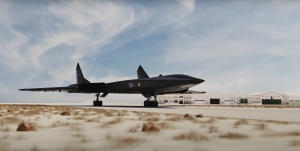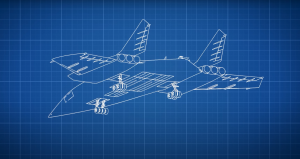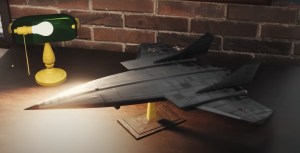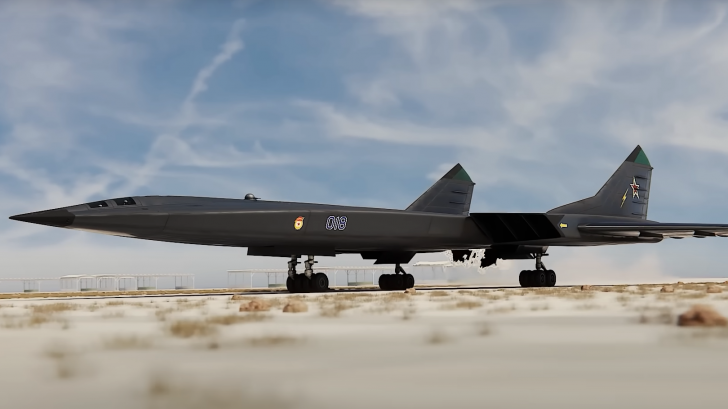A top-secret Soviet project from the late ‘50s could have been the fastest military aircraft ever built. It was expected to fly at supersonic (or even at hypersonic speeds) and was designed to “bring destruction” to any western city using its stealth and nuclear capability. However, as you might have known by now, the USSR was unable to build this futuristic-yet-outdated aircraft. Here’s why:
Rock, Paper, Scissors
Engineers on both sides of the Cold War conflict were racing against each other to design a weapons platform capable of carrying nuclear bombs. Yet, these designs have one big problem – Interceptors. This meant that for every fast bomber designed, a faster interceptor was conceptualized by the other side to beat it.
USSR’s DSB-LK Design
The DSB-LK stands for (and translates to) “Long-Range Strategic Bomber Flying Wing”. Its designer, Aleksandr Moskalyov, initially aimed for the aircraft to reach a maximum speed of Mach 2 to Mach 4. However, he also once planned on combining ram jets and afterburning turbojets to further push the speed beyond Mach 4 – aka hypersonic. These speeds were to be complemented by the aircraft’s extremely high-altitude service ceiling of 100,000 ft and maximum range of 10,000 mi.

Specifications
The DSB-LK would’ve measured 164 ft in length and a wingspan of 121 ft, with a dry weight of 88.5 tons. Its “Flying Wing” concept alludes to how its fuselage would have been blended with its wing, allowing for reduced drag and an increase in payload capacity. The delta wings had an angle of 72 ° at the leading edge and 42 ° at the trailing edges.
Furthermore, its six powerful engines would allow for anywhere between 15 to 20 tons of ordnance. The standard payload would either be nuclear (such as the RDS-4) or extremely large FAB-5000 bombs.
There were also small remote-controlled turrets scattered over its surface – two on the top, and two on the bottom – all with 1,200 rounds of ammunition. For an added layer of security, the jet plane would have also carried air-to-air missiles to counter interceptors.
On board, it would have a crew of three to four situated in two different compartments.

Why Was It Never Built?
Let’s go back to reality for a second. The project was never completed or put into production because of at least two reasons.
Though it received praise from high-ranking officials, the project simply lacked resources as it was not deemed to be economically or strategically feasible. In addition, the USSR had no more need for a super (or hypersonic bomber) ever since the introduction of the R-7 Semyorka – the world’s first intercontinental ballistic missile. Lastly, the absurd claim of it reaching hypersonic speed was never proven as the aircraft would only theoretically achieve Mach 2.8 with six VK-15M engines.

Legacy
Although it was never made, there were still a significant amount of data collected from the project. These data were highly valued by the Ministry of Aviation Industry and were used as a theoretical basis for the development of their other bombers. The Tu-22M medium-range bomber’s design was inspired by the DSB-LK, for example.



